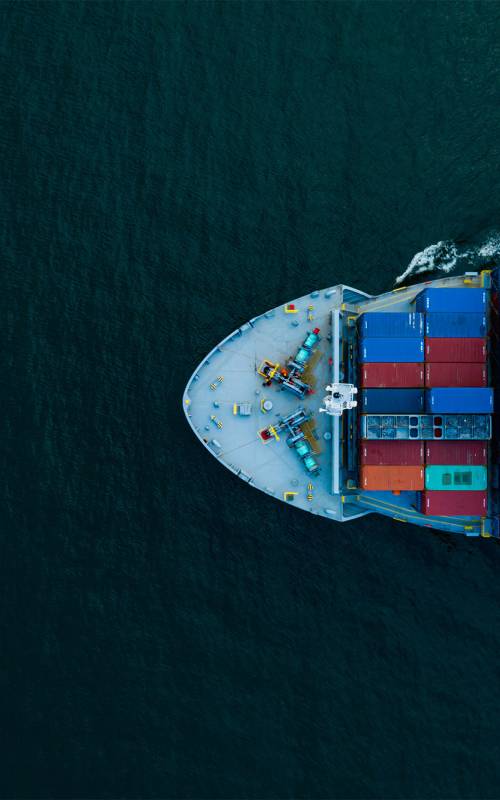Information on heavy cargo
Particularly heavy loads, which in addition to their high weight can also be bulky, are known as heavy cargo. They cannot simply be transported in conventional containers because of their weight, shape or sensitivity.
Typical examples of heavy lift cargoes include cargoes such as yachts, harbour cranes, turbines, wind turbines, gas and oil industry components, harbour cranes and many others. The weight of a single package can be up to 1000 tons or even more. The dimension of the heavy lift can be up to 100 metres in one direction.
Each transport must be planned individually
In contrast to bulk goods or containers, heavy cargo lacks any standardisation of the freight. Therefore each heavy transport has to be planned separately and also requires special load securing, which may differ from case to case. As a rule, heavy goods are manufactured in large individual parts or as a whole, so that further dismantling is not possible.
Specialised companies for transport
On land, heavy goods are transported on special trailers or trucks. These have a particularly high loading capacity and loading area. For air transport, large-volume cargo aircraft are used, which are capable of carrying up to 250 tons of cargo. On inland waterways or the high seas, floating bodies without propulsion are used, which are moved by tugs, for example.
Sea transport, on the other hand, is carried out by heavy lift freighters, which are equipped with appropriate heavy lift gear. Since the transport of heavy lift requires a high degree of experience and know-how, only specialised companies can be entrusted with this task.



